If you’re like most drivers, you don’t think about your tires too often. Maybe you adjust the tire pressure a few times a year when the weather changes, but otherwise you assume they’re good to go. But now you’ve seen a bubble in your tire, and you need to investigate.
The short answer is: yes! A small bulge in the tire sidewall can look harmless, but it could have serious consequences. Any tire bulge indicates a major problem with your tire that could cause a tire blowout and a dangerous accident at any time. To ensure your safety, you need to have it replaced immediately by a highly skilled technician, like those at your local Jiffy Lube®.
Air bubbles usually don’t happen randomly. They’re generally caused by a specific event on the road. A tire bulge can result from:
During any of these events, the impact pushes the tires against the rim, which forces air between the layers of the tire and causes bubbles in tires. Unfortunately, once a bubble appears, there is no repair other than to replace the tire completely.
Don’t remember any events that could’ve caused the damage? Some bubbles are caused by manufacturing defects. During an inspection at one of the 2,000 Jiffy Lube locations across North America, a skilled technician will look closely at your tires. If there’s no obvious physical damage due to an impact, the defect may be covered by your tire warranty or road hazard insurance. Every insurance company and tire manufacturer have different policies, so it may be worth the time to submit a claim if this occurs.
Absolutely. While it may look like a harmless little bubble in your tire, it’s a sign that a tire blowout could occur at any time. This creates a major risk to you, your passengers and to other drivers on the roadway. In fact, the National Highway Traffic Safety Administration (NHTSA) estimates that tire failure causes 11,000 crashes each year. That’s an average of 30 crashes per day in the United States alone.
That’s an average of 30 crashes per day in the United States alone.
And in the future, schedule regular tire inspections and tire rotations at your local Jiffy Lube. Not only will you ensure that your tires are in good condition, but inspections and rotations also improve vehicle performance, help you retain your tire manufacturer’s warranty and contribute to better gas mileage.
A tire inspection and rotation at Jiffy Lube is a simple process with major benefits:
Finding a bubble in your tire is rarely a pleasant experience. But with the helpful service at Jiffy Lube, and your newfound knowledge of tire care and maintenance, it could be the beginning of better, safer driving for years to come.
But with the helpful service at Jiffy Lube, and your newfound knowledge of tire care and maintenance, it could be the beginning of better, safer driving for years to come.
Find out how to test tire pressure and tire treads at home—with just a simple tire gauge and a penny.
And learn more tips for overall tire care in our Tire TLC post.
Please note: Not all services are offered at each Jiffy Lube® location. Please check with your local Jiffy Lube® service center or visit jiffylube.com for specific services offered.
Home » Tire Bubbles: All You Need to Know
We all like our tires to be in good shape, as a lot depends on tire condition when it comes to driving safety. A bubble in your tire is not something to take lightly, since the tire basically becomes unstable. As pressure develops, the fabric of the inner tire can’t withstand it anymore and it can burst at any time.
Noticing sidewall bubbles or a section of the tread bulging is already a bad sign. If you have bubbles anywhere on your tires, then you should get them replaced as soon as possible. Below, we are going to talk about what these bubbles are all about and how to prevent them.
A tire bubble is basically the surface of your tire bulging out. It can appear both on the footprint and the sidewall, and it is generally caused by driving impacts. A bubble in your tire can also form from a weak spot that can be the result of extensive footprint wear.
Tire bubbleHowever, the most common spot for air bubbles is the sidewall. Such a bubble appears as a deformation on the rubber. One of the reasons why it should be your top priority to fix this problem is that it also causes air seeps.
As you drive, more and more moisture will seep in, making the rubber bulge out. As the air coming from the tire’s inner lining escapes, it is going to make the bubble bigger.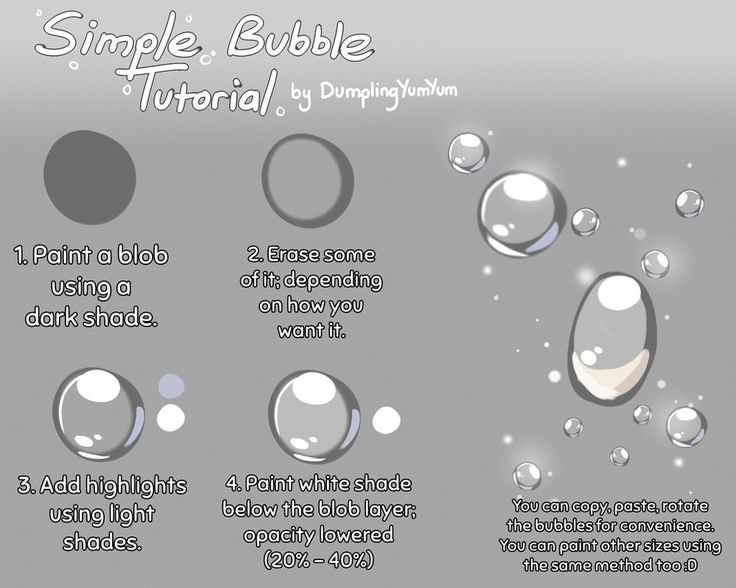 This can damage your tire’s structural integrity, increasing the risk of tire blowout.
This can damage your tire’s structural integrity, increasing the risk of tire blowout.
Now, let’s talk about how tire bubbles form in the first place.
The tire’s internal structure, the tread, and the sidewall all consist of several layers of plies, belts, and rubber. Tires have their own rigid structure that ensure a long lifespan and driving safety.
This complex structure has to stand its ground in inclement weather and sometimes on difficult road conditions as well. The latter should be avoided if you want to keep your vehicle and your four tires in a good shape.
A sidewall bubble is not always caused by external circumstances. It can be the result of a manufacturing defect you were not aware of. If that’s not the case, then it is probably caused by too much load, low air pressure, or bad road conditions.
Tire blow-outOften, finding a tire bubble means that the tire pressure wasn’t ideal for a long time. Measuring your tire pressure regularly is essential for preventing tire bubbles. While driving with low air pressure, there is a high possibility that you are going to end up with bubbles on your tire.
Measuring your tire pressure regularly is essential for preventing tire bubbles. While driving with low air pressure, there is a high possibility that you are going to end up with bubbles on your tire.
This is the biggest culprit when it comes to tire bulges. As a precautionary measure, make sure to regularly inspect your tires and check the pressure levels. All you need is a tire pressure gauge and you will be able to longer protect your tire from bubbles.
Problematic road conditions and driving habits are two of the main factors that lead to tire bubbles. All those small collisions, construction areas, potholes, curb, and speed bumps can result in flat tires. In order to avoid bubbles, you need to drive carefully.
Speed bumpIf you avoid potholes, railroad crossings, and busy roads, you can prevent tire bubbles in the long term. Also make sure to steer safely with your tires because extensive driving pressure can also lead to damaged tires. Your tire’s sidewall has to deal with the forces of cornering while you drive your vehicle, which put even more pressure onto the tire structure.
Your tire’s sidewall has to deal with the forces of cornering while you drive your vehicle, which put even more pressure onto the tire structure.
A tire with a bubble is not something you can or should try to fix. It is best to find an auto repair service center and get your tire replaced. Until that is done, it is not safe for you to drive your car, not even to the closest tire shop. If you have a reserve tire, you better put that on and get a new one installed once you reach the spot.
If your tire has a bubble, you need to stop driving immediately! It means that the tire’s internal structure has failed. You can easily lose control of the car with such tires or end up with a flat tire soon after. Furthermore, hitting a curb or potholes can damage your suspension system or your wheel rim.
Finding a bubble in one of your car’s tires means that you shouldn’t drive on it any further. This is when a spare tire comes in handy. If you happen to have one in your trunk, you can install it right away in place of the damaged one. This will allow you to get to the next tire shop and get your tire replaced.
If you happen to have one in your trunk, you can install it right away in place of the damaged one. This will allow you to get to the next tire shop and get your tire replaced.
We recommend you to check your tires every now and then, as there can be bubbles on it even if you drive carefully. It is especially important to check them after hitting potholes or driving on uneven roads. In case you notice a wave-like pattern, then that is already a sign of tread-separation.
At first, it is just a curve on the footprint or on the sidewall. Then, it turns into a tire with a bubble before you know it. Once you are at it, don’t forget to look for dry rot as well. After extensive sun exposure or lack of moisture, tires can dry out and small cracks can develop.
All these irregularities can be quite dangerous. Such tires can put your car at great risk, as they can explode at any moment. We have also attached a video to demonstrate that so you can see it for yourself, without having to actually experience it.
Check out our help section for more info about the Signs of Tire Failure.
You can prevent tire bubbles by avoiding impact damage. Hitting potholes, curbs, and speed bumps can do great damage to your tires and wheels in the long term. By driving with care and avoiding uneven road surfaces, you can guarantee a long lifespan of your tires.
You should not drive with a tire that has a bubble in its sidewall. Instead, stop your car and replace that tire with a spare one. Then you can drive to the closest tire shop and get it replaced with a new one. By driving with a damaged tire, you can risk your own safety and the safety of others on the road.
You can get the manufacturer to provide new tires in case the bubbles formed due to a manufacturing defect.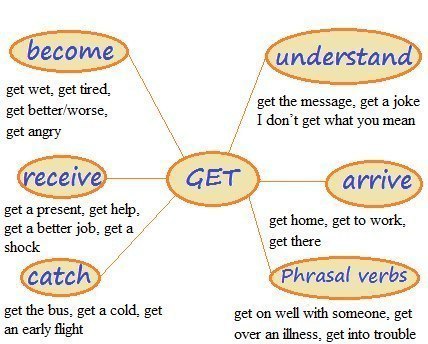 Warranties usually last 4 to 6 years or until the tread on your tires wear down. Within that time frame, you should get new tires if you see an air bubble on them.
Warranties usually last 4 to 6 years or until the tread on your tires wear down. Within that time frame, you should get new tires if you see an air bubble on them.
12/19/2022
Today, car tire manufacturers models are equipped with tubeless tires. Tube tires are gradually becoming a thing of the past, today they are found on foreign cars with domestic cars. Tubeless device tires are unusual but functional. About it in detail below.
A tubed tire consists of several elements: a torus-shaped rubber compound tube, a tyre. Rubber composition provides durability with elasticity of a tire. When air is supplied inside the chamber, the tire increases in type balloon. The volumes of the tire must match each other perfectly, since the chamber is placed inside without folds. The appearance causes rubber to become unusable. Chamber rubber serves little, since the main element experiences deformation under high temperature.
Tubeless car tires include one tire. Two millimeters of rubber is applied to its inside. Because of this, the tire cannot pass air. To prevent this moment, the board is wrapped in soft rubber. Tubeless tires work quite simply.
The tire bead sits on the rim shelf. Tubeless tires have a round lug, which makes the tire wraps around the board on both sides. This solution leads to reliable tightness. connections.
Tubeless car tires, which are well thought out, without an air chamber. going on inflate directly the space between the disc and the tire. This approach removes the problems of chamber automotive rubber associated with increased heat. The camera is not able to wipe when moving about car tires. This helps to eliminate heat.
To be safe, do not immerse a camera in a tubeless model. Air bubbles, which lead to increased heating, reduced service life. Many tubeless tires are made using technologies that protect against puncture.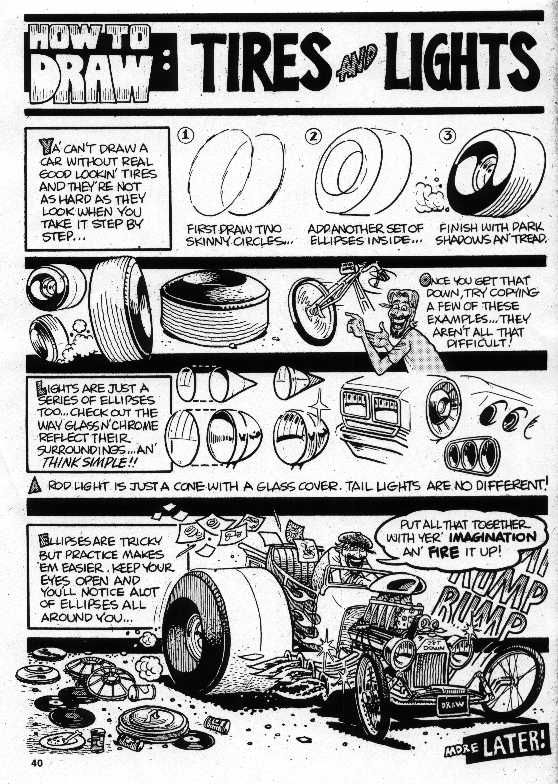 Products maintain the level of pressure for some time. Ultimately, it is possible to get to a tire shop or service without changing a car wheel.
Products maintain the level of pressure for some time. Ultimately, it is possible to get to a tire shop or service without changing a car wheel.
Tubeless tires were invented along with car tyres. The first tires that Andre used with Edouard Michelin, had no cameras. A simple view of single-tube pneumatic models do not have chambers. However, they are not reliable. A number of modern tubeless tires appeared in 1946. Before the models appeared forged wheeled disks.
Interestingly, riding on tubeless tires is more comfortable, smoother and quieter. Thanks to the reduced weight, they are able to minimize the load on the chassis and maximize fuel savings. When punctures appear and damage to the tires, it is necessary to deliver the transport to the service station. When driving on flat tires, wear increases with depressurizing risk.
Tubeless tires have the following advantages:
Lightweight - due to the large mass, the inertial movement of the wheels increases during vehicular traffic on rough roads, as the undercarriage wears out quickly.
Optimum temperature. If there are several parts in the tube tire that rub against each other when driving. Temperature increase leads to accelerated component wear, increased risk of rupture tires while driving.
Improved reliability. The tube tire is able to quickly lose air during a tire puncture with a tube, since the air does not come from the place of damage, but through the leaky space of the disc rim with the bead wheels. It is impossible to stop the car immediately.
People know how a tubeless tire works, so it will not be difficult for them to get acquainted with the advantage of the model. Tubeless The rubber has an improved tightness due to the soft rubber at the joint. Eliminate irregularities associated with grinding details. After a tire puncture, tires do not deteriorate. If necessary, people freely travel to the nearest workshop. Chamber rubber lasts longer because it is not subject to overheating.
Chamber rubber lasts longer because it is not subject to overheating.
The difference between tube and tubeless tires is not only the design, but also installation and repair. The main disadvantage rubber is difficult to produce installation. During assembly and dismantling work, the side flange is easily damaged. This leads to depressurization of the wheels. Repair of a punctured tire is carried out by professional masters at the expense of special tools.
The disadvantage is their installation on special equipment. Damage leads to depressurization of the tire. Like installation, repair on special equipment is an expensive, time-consuming process. A regular tire is repaired in home quickly. With a badly flat tire, you can not ride it for a long time. This will damage the tires. After such situations, recovery will not occur. The layer will collapse sealing.
Certain points must be taken into account during mounting.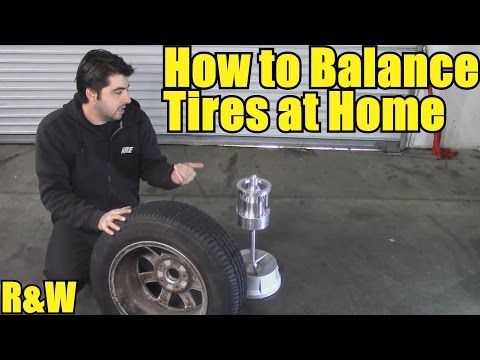 On all wheels manufactured by Kam, Amtela, Uralshina, Goodbaer, Continental and other services, tires of the same type are installed, tires show increased stability and wheel strength. The wheels are not changed only on the front axle to improve driving safety.
On all wheels manufactured by Kam, Amtela, Uralshina, Goodbaer, Continental and other services, tires of the same type are installed, tires show increased stability and wheel strength. The wheels are not changed only on the front axle to improve driving safety.
Tires without an inner tube can only be mounted on a rim with internal lugs on the rim. They are helping in the tightness of the rubber. Installation of the camera in a tubeless tire is not possible due to the formation non-repairable damage. But, when driving on such a wheel, an air cushion begins to form, pressing on the rubber inside and damaging the tires from the inside, damaging the cord during sharp turns and braking.
Sometimes a tire goes flat for no apparent reason. Why does a tire constantly leak air if it is not punctured or damaged? Even tubeless tires can deflate, and it takes time to figure out the cause of the problem.
Running with flat tires results in increased fuel consumption, tire wear and poor vehicle handling.
Let's look at the main reasons why a flat tire can occur.
If a tire puncture occurs on the road, you must pull off the road and stop on the side of the road, leaving room to work on the wheel. The most obvious option if a flat tire is to put in a spare, but what if you don't have one? In this case, you need to try to pump up the wheel and evaluate the problem. You may be able to drive to the nearest auto repair shop.
The easiest way to find a puncture is to pour water on the tire. Characteristic air bubbles will appear at the puncture site. At the same time, it will become clear what caused the puncture. But you can’t immediately get the discovered object, because it closes the hole and does not allow air to escape quickly.
If, on the contrary, there is no foreign object at the puncture site, you can screw a self-tapping screw into it, inflate the tire and try to drive to the nearest tire fitting station.
If you have a tire repair kit with you, you can have your tire repaired on site. To do this, remove the tire from the disk and seal the puncture site with a special rubber gasket.
To do this, remove the tire from the disk and seal the puncture site with a special rubber gasket.
Another common cause of a flat tire is a cut on the side or tread of the wheel. Side cut occurs when in contact with a curb, metal fittings and other sharp protrusions.
If the tire carcass is intact, the tire will not deflate and the repair can be delayed until you arrive at your destination or a tire shop. But a deep cut can lead to a complete deflation of the tire.
Rubber with long cuts affecting the cord (carcass) is replaced with a new one and cannot be restored for safety reasons.
If no punctures or cuts are found during the initial inspection, then another cause of leakage must be sought. One of them may be a defective nipple.
The duty of the nipple (spool) is to keep the pressure in the wheel. If it is faulty, then the pressure in the tire begins to decrease. How to check what exactly poisons the spool? The method is quite simple: just wet your finger and bring it to the hole, if bubbles appear, the reason is found and the spool needs to be replaced.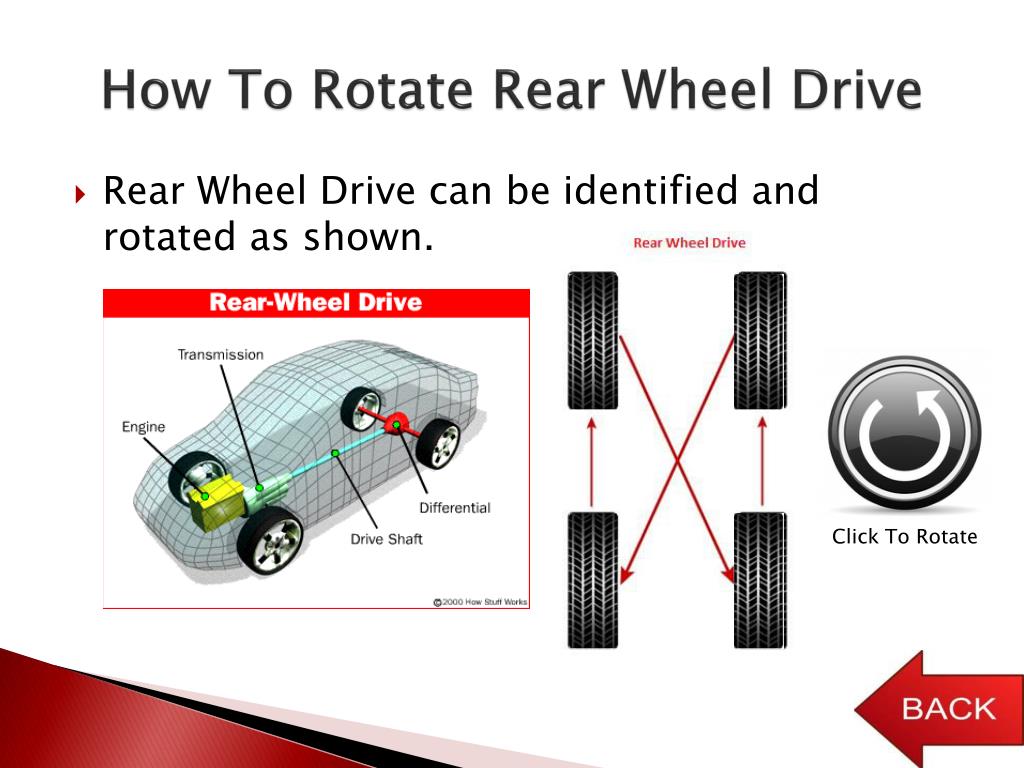
The second reason is that the nipple is not screwed in properly. To tighten it, a special key or a cap with a slot on the outer surface will do.
The valve on a tubeless tyre, the nipple, can also cause air to come out of the wheel. Outwardly, it may look good, but if it does not fit well on the disc, then the pressure will certainly drop.
The fitting can bleed air if the rubber is worn or when the air temperature drops. Its size decreases a little, but this is enough for the pressure to drop.
The most common causes of air etching through the disc are two:
If the disk is new, but when installing it, the master poorly smeared it with mastic, then after a while air etching may begin. And if the disk is old and the metal is worn out, then even the mastic will not help, because the tightness of the structure deteriorates due to the deformation of the metal.
Steel wheels are easier and cheaper to repair than cast wheels. To repair a steel disk, special rolling equipment is used. But after the repair of the cast disk, microcracks still remain, which affect its strength. Therefore, in case of serious damage, it is safer to replace the disk with a new one.
If the wheel is etching on the rim due to corrosion, then you need to clean the wheel from rust and paint, and then coat with sealant for better tightness.
When examining the rubber, a crack can be found. This is indicative of tire wear. But can these tires be used? Each tire is designed for a certain speed, but if it is damaged, the tire can burst from a sudden pressure drop. Usually cracks appear on the side of the wheel, even with a well-preserved tread. If the crack size does not exceed 0.01 mm, then it does not pose a danger. Deeper damage, felt with fingers, can even lead to an explosion of the cylinder. Cracks in the tread are less dangerous because the rubber is thicker there.
Another cause of tire cracking and delamination can be improper seasonal tire storage. The best storage location is a dark, cool place with low humidity. Wheels can be damaged by dirt, heat, humidity, and sunlight. Before laying in storage, the wheels must be washed, dried and treated with a special compound. It is better to put tires with disks vertically, and without disks - in a pile.
The best places to store tires:
Metal garages, attics and sheds are not suitable places for storage. Under unsuitable conditions, the structure of the rubber is damaged, which shortens the life of the wheels.
Rubber reacts to temperature changes. Therefore, from time to time it is necessary to pump up tires due to reduced pressure. Tire pressure may be lower in the morning in frost, and higher in the afternoon in thaw. Also, when the car is moving, the tires heat up and the pressure increases.
A few things that will save you from unexpected tire troubles and the need to urgently seek a tire service:
Why does the tire go flat?
call me
service appointment
The site is not a public offer.